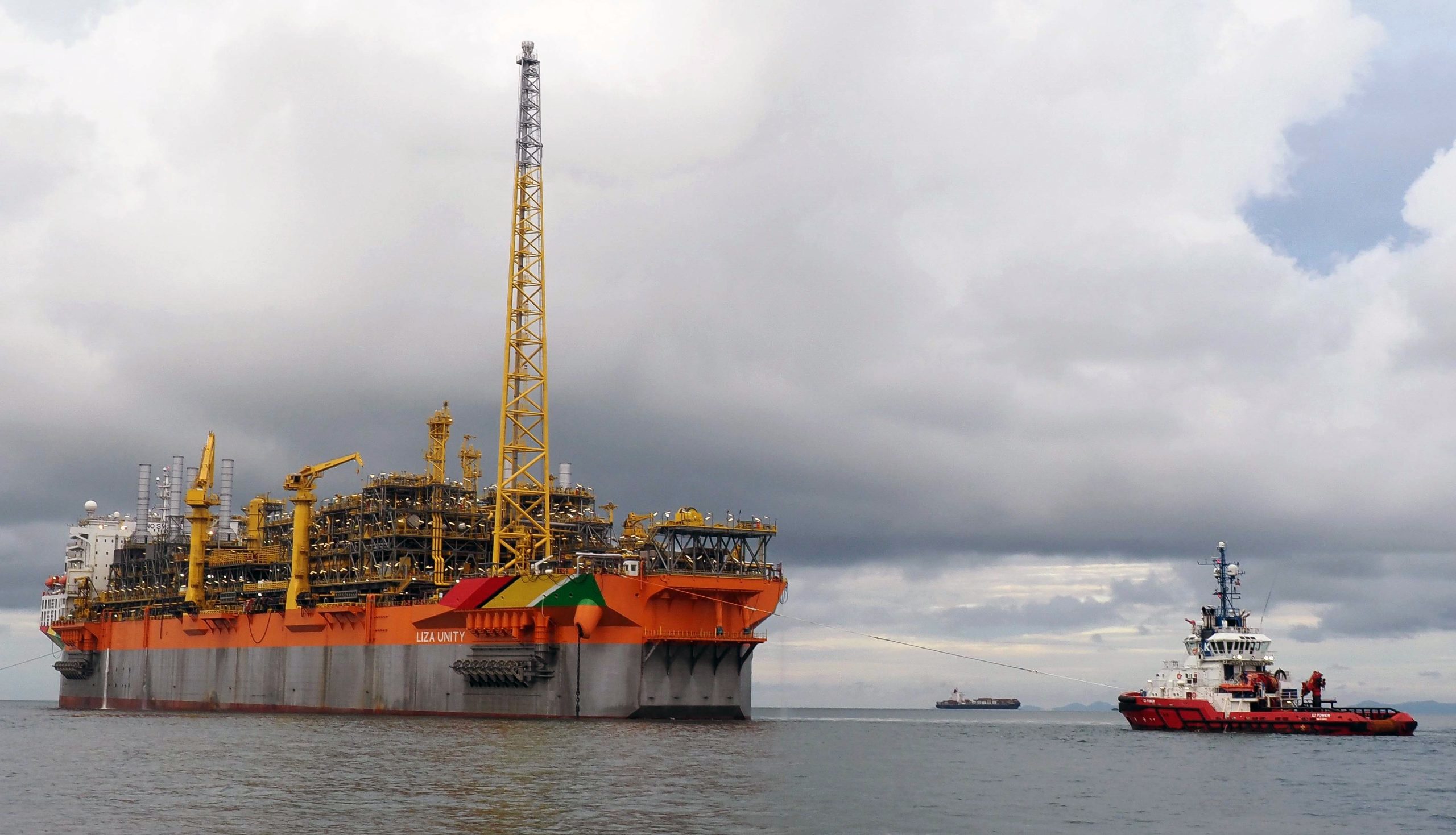Russian seaborne crude exports have fallen to a 12-month low as a ban by the European Union along with price caps remain on the horizon. The shortfall in supply across Europe is being shored up by alternative sources of crude from countries such as Guyana, a new oil producer that is already on its way to becoming a major player on the global scene.
According to S&P Global Commodities at Sea data, Russian crude exports averaged 2.99 million b/d in September, down 290,000 b/d on the August levels and lowest since September 2021 when global oil demand was still recovering from pandemic lockdowns. The data excludes Russia’s small share of Kazakhstan’s CPC Blend exports.
Russian flows to the Netherlands — home to Europe’s biggest refining hub — fell by more than half on the month to 165,000 b/d in September, down from 390,000 b/d in August and from pre-war levels of about 525,000 b/d, the Commodities at Sea data shows.
European buyers have been shunning Russian oil ahead of the EU sanctions on imports of Russian crude and products, which are set to kick in on Dec. 5 and Feb 5, 2023, respectively.
As Russia deliveries dwindle Germany has looked to Guyana, other locations for rare imports
Overall, Russian crude cargoes bound for Europe have now sunk below 1 million b/d for the first time since July 2020, the data shows, down from pre-war levels of 1.5 million b/d.
“The EU continues to replace its Russian crude imports with alternative crudes from the US, Egypt, Saudi Arabia, Iraq, Angola, Cameroon, and rising flows from Guyana’s recent offshore oil developments,” S&P Global said in a report on Friday, citing data.
Whose is bigger? Brazil, Guyana will host world’s largest floating oil production vessels
Oil production offshore Guyana exceeded 386,000 barrels a day (bpd) in July, marking the highest production recorded in a day since first oil, just over two years ago.
July’s peak output of approximately 386,540 barrels topped the prior record of approximately 365,300 bpd which was observed on June 3.
These numbers were recorded based on combined production for the Liza Destiny and Liza Unity floating production, storage, and offloading (FPSO) vessels. Both vessels were able to exceed their stated production capacities of 140,000 bpd and 220,000 bpd, to reach approximately 153,560 barrels and 132,980 barrels on June 3.
ExxonMobil, operator at the prolific Stabroek Block, will bring a third project – Payara – online in 2023 taking production levels to 580,000 barrels per day. A fourth development – Yellowtail – in 2025 will make Guyana the world’s largest per capita producer.
Exxon plans to have six producing vessels offshore Guyana by 2027, with total capacity exceeding 1.2 million barrels per day. Further ahead, the operator envisions 10 producing vessels operating at the Stabroek Block by the end of the decade.




